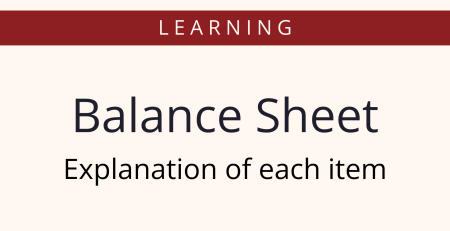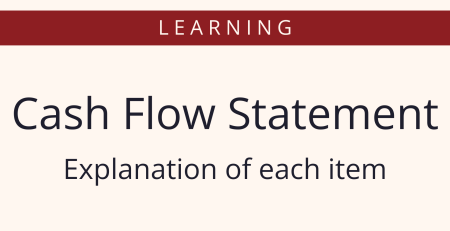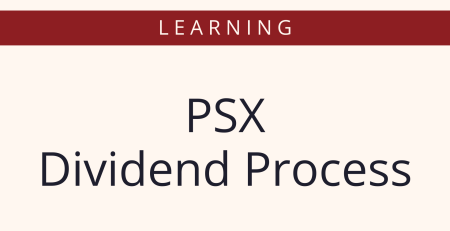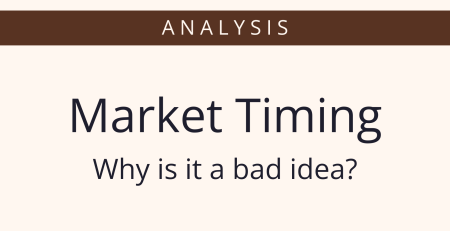5 reasons why EPS is not a good measure for stock analysis
The P/E ratio is a widely used metric for stock valuation. It gets highlighted in the news and is sometimes the only thing retail investors look at when looking at what stocks to buy.
However, the P/E ratio does not tell you everything you need to know about a stock. There are a lot of ways a company can manipulate its P/E ratio through its accounting policies. And even when it is not manipulating it, as an informed investor it is your job to consider a broader picture of the company you want to invest in.
📢 Announcement: We're on WhatsApp – Join Us There!
Let’s take a quick look at some things that a P/E ratio doesn’t tell us.
Growth Potential
The P/E ratio does not give any idea whatsoever about the future prospects of a company. Since stocks are always priced for their future earning potential, the P/E ratio becomes a useless metric when determining the growth in future earnings of a company.
Quality of Earnings
When looking at the earnings of a company, the quality of that profit matters. Did the company boost its EPS from a one-time sale? Was there a boost due to some revenue recognition policy change? Was there any recurring revenue?
Unfortunately, the P/E ratio doesn’t tell you any of that.
Cash Flow
The P/E ratio doesn’t account for a company’s cash flow. Cash flow is important because it gives an idea of how capable a company is of meeting its financial obligations, investing in its growth, and giving dividends.
Generally speaking, cash flow is considered a more important metric than the P/E ratio.
Management and Competitive Advantage
The P/E ratio doesn’t provide insights into the quality of a company’s management or its competitive advantage in the market.
Things that you should consider when evaluating a company’s management are leadership, innovation, brand value, and market position. These factors significantly impact the long-term prospects of a company. The P/WE ratio doesn’t say anything about it.
When analyzing a company, it is important to take other metrics into account instead of just looking at the P/E ratio. Using the P/E ratio in combination with other factors will give you a better idea of how good a company is.
Legal and Regulatory Risk
Companies are always at risk of litigation, compliance issues, and regulatory changes. Some companies pay millions of dollars every year in legal fees just to keep these risks away.
However, as an investor, you need to be wary of these expenses as they eat into the health of the company. Pharmaceutical and Oil companies often have huge expenses for lobbying, regulatory issues, and legal fees. They are almost a part and parcel of the business.
But for many other businesses, this may not be the case and you may want to take a closer look at other companies in the sector for comparison.
⚠️ This post reflects the author’s personal opinion and is for informational purposes only. It does not constitute financial advice. Investing involves risk and should be done independently. Read full disclaimer →













Leave a Reply